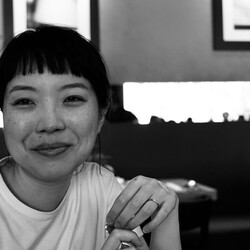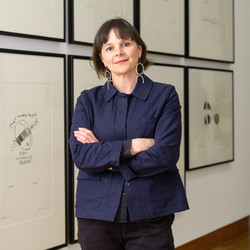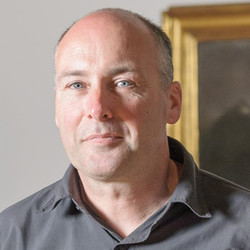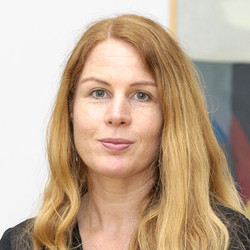Commentary
B.
Bulletin
New Zealand's leading
gallery magazine
Latest Issue
B.21901 Mar 2025
Contributors
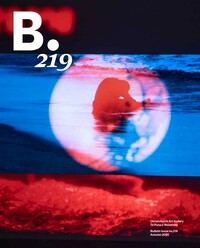
Commentary
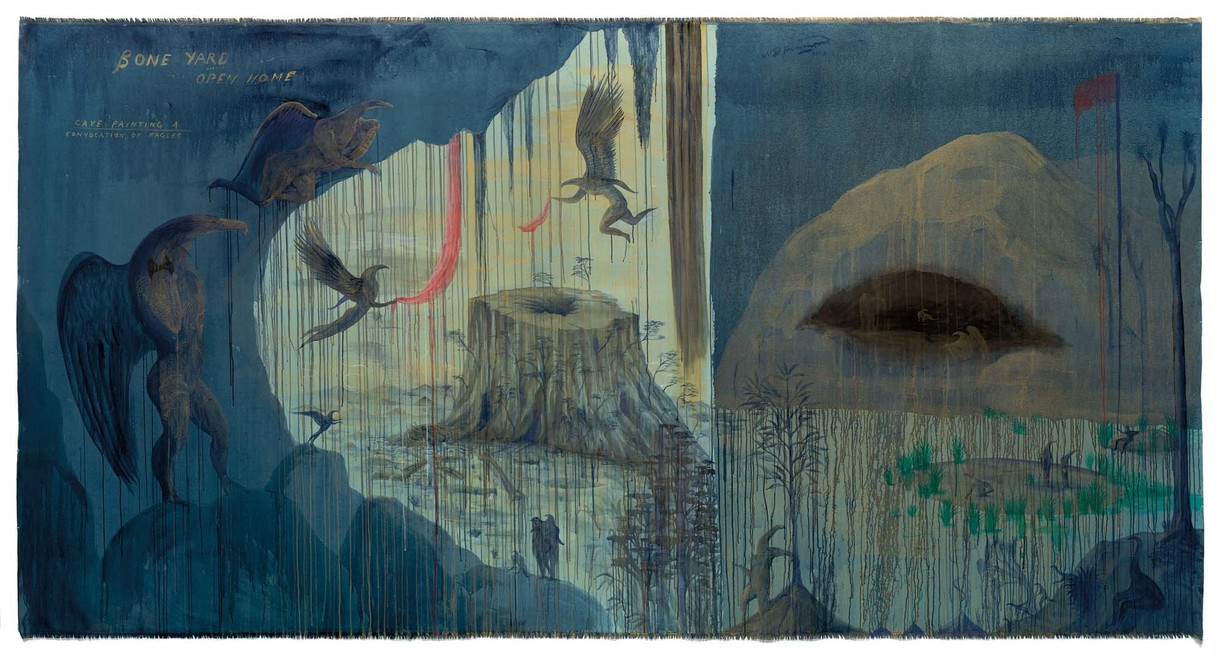
Doctor Jazz Stomp and the Webb Lane Sound
“Bill Hammond is long, lithe and tired, and was born several years ago. Is currently pursuing a Fine Arts course and trying hard to catch up. He is deeply interested in the aesthetic implications of sleep, sports the Rat-Chewed Look in coiffures for ’68, and dreams about blind mice in bikinis. He has never been known to sing outside the confines of his bedroom. Shows a marked but languid preference for the subtle textural nuances and dynamic shadings of washboard, cowbell, woodblocks, claves, cymbal, spoons, thimbles, tambourine, and the palms of the hands in percussive contact.”
Commentary

Portraits for the Million
Scottish-born brothers John Tait (1836–1907) and Alexander Tait (1839–1913) established themselves as photographers in gold rush Hokitika in about 1866, the period in which Catton’s The Luminaries is set. While building up a broader picture of photographers for the Hidden Light: Early Canterbury and West Coast Photography book and exhibition, I recalled an interview with the novelist at around the time of her 2013 Man Booker Prize success, and her mention of having restricted her reading for a year before starting the novel to nothing published after 1866, giving the National Library’s Papers Past credit as a vital source. The trails and condensed stories of many of the photographers in Hidden Light were largely brought together via this same indispensable means.
Commentary
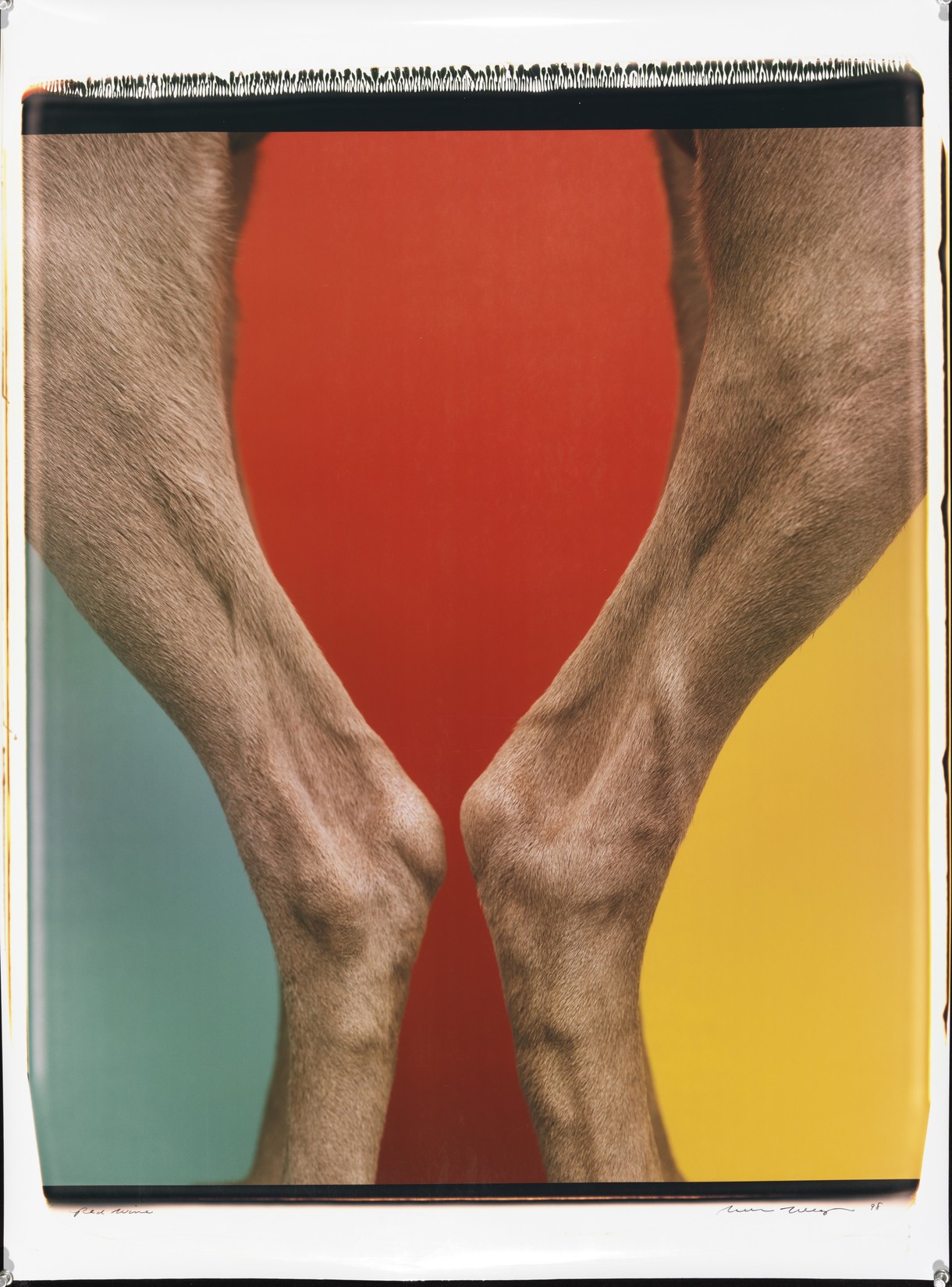
Anthropomorphism
Artist William Wegman has been photographing his Weimaraners in endless humanoid situations for more than four decades. Starting with Man Ray in the 1970s, Fay Ray in the 1980s and her subsequent offspring ever since, Wegman’s most popular artistic foil has been his pet dogs. For a number of reasons, this has occasionally meant his work has been thought of as naïve or sentimental – a trivial comic enterprise not too dissimilar to Anne Geddes’s notorious baby photos.
Commentary
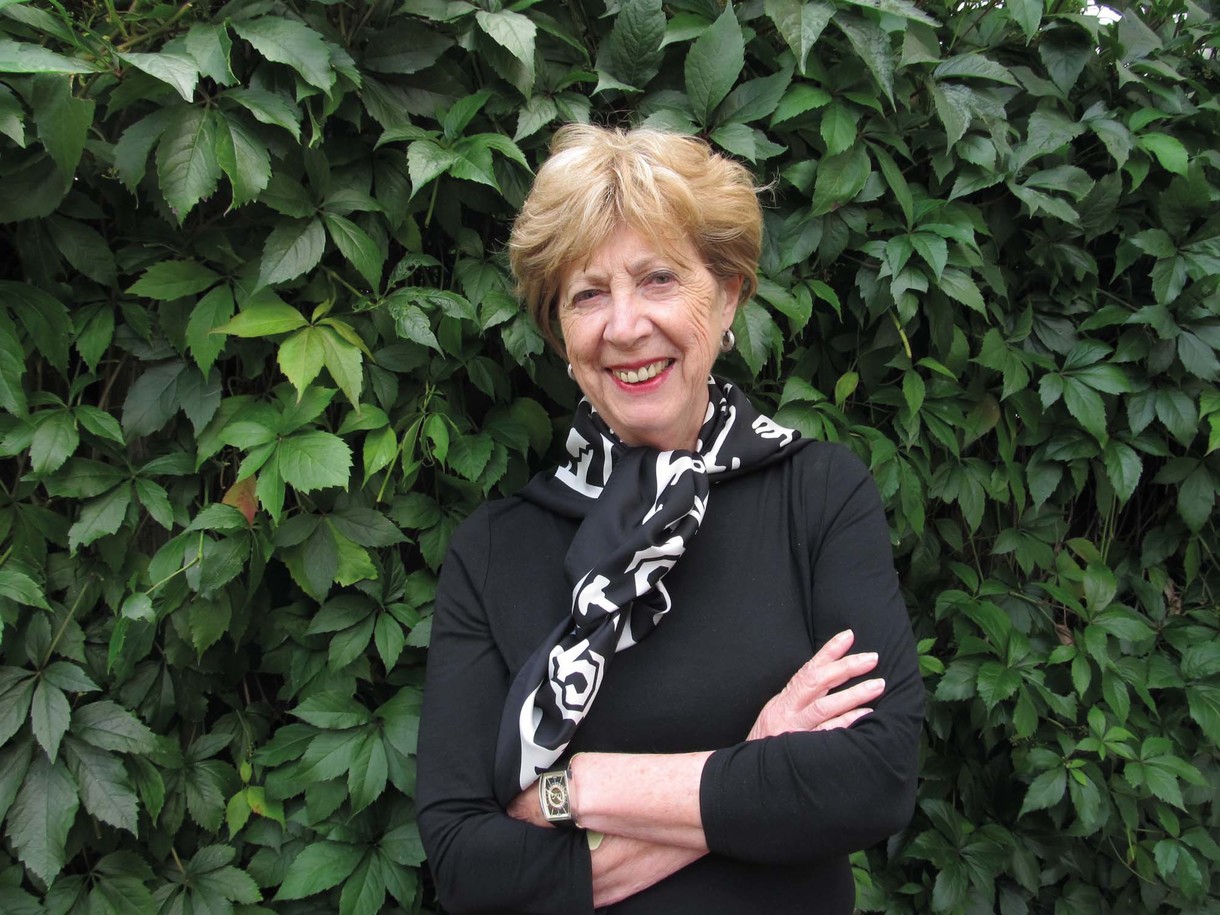
Do You See?
With the death of Julie King late in 2018, art and art history in Aotearoa New Zealand lost one of its great champions and major scholars. Julie was born in Yorkshire and grew up and was educated in Alnwick, Northumberland; she moved to Christchurch in 1975 to take up a role lecturing in the newly formed art history department at the University of Canterbury. She retired three decades later, having pioneered the teaching of New Zealand art in Canterbury.
Commentary

Gordon Walters
Te Waipounamu the South Island is crisscrossed by hundreds of traditional mahinga kai, or food-gathering, routes. Used by Waitaha, Kāti Mamoe and Kāi Tahu people over centuries, these routes provided access to the best destinations to harvest food, as well as facilitating the transport of pounamu from the Arahura through Nōti Raukura (Browning’s Pass) across Ka Tiritiri o te Moana (the Southern Alps) to Tuahiwi, north of Christchurch.
Commentary

In Search of Rose Zeller
Enveloped in her dark brown coat and wearing an unconventional and distinctive striped shirt, Rose Zeller looks out from the canvas with an engaging and knowing smile. Painted around 1936 by her friend, fellow artist and teacher in craft and design, Daisy Osborn, it’s a rare view of an artist who, while scarcely remembered today, was an unconventional and respected figure during the interwar years.
Commentary
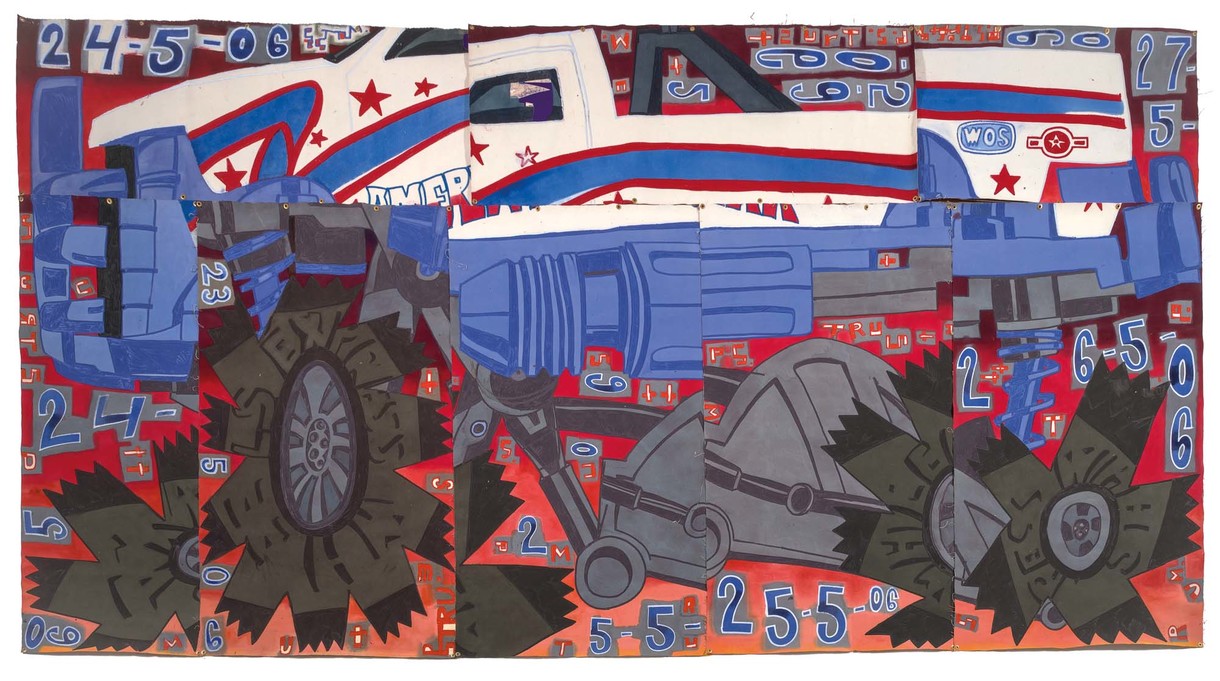
Philip Trusttum and the Squashed Painting
The painting is of a head on the end of a knife; it’s called Not Good (2014). Trusttum is better known for paintings that exude pleasure, their subject matter including physical exercise, sensuality and music, childhood, games and toys, animals, and ordinary domestic tasks such as mowing the lawn—life. There is pleasure and life too in the way he paints—in dancing, hyperactive line and luscious colour. It might seem anomalous, then, for Trusttum to paint something that is “not good”. When I interviewed him for Art New Zealand in 2011, he hinted at a bleaker side to his work, but said: “Stay away from explaining any darker meaning. I mean, we’ve got the earthquakes here.” There is something to be said, though, for complicating the perception of Trusttum’s pictures as purely hedonistic.
Commentary
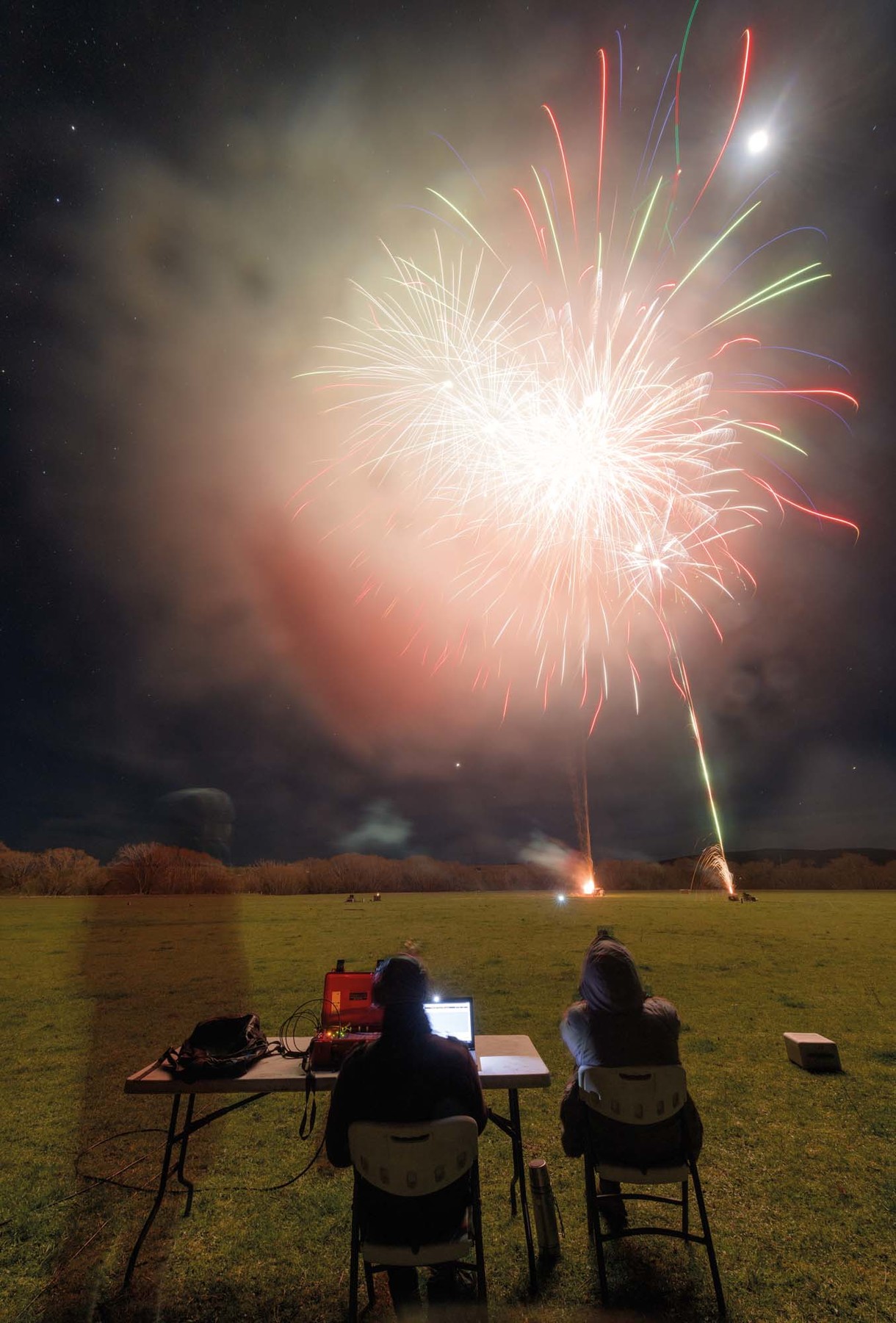
Everyone to Altitude
Late on a mild spring afternoon in mid-September, I travelled out of the city to a farm paddock somewhere up the line near Amberley, up front in a battered van carrying six drone pilots and their gear. The sun was low in the sky and Ōtautahi was framed in an arch of nor’west clouds. It was the first fine day in weeks.
Commentary
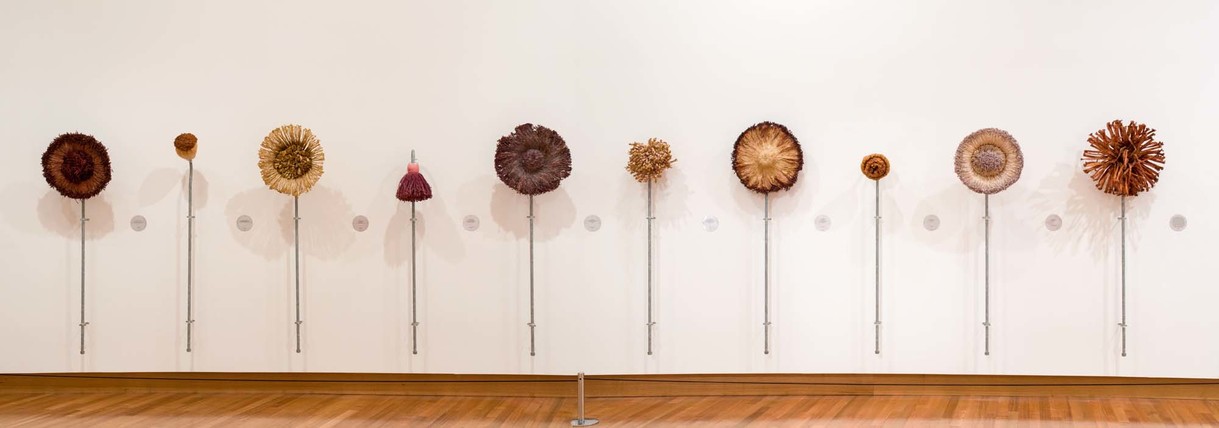
Powerfully Present
In the last issue of Bulletin, to mark the 125th anniversary of women claiming the right to vote in Aotearoa New Zealand, our curators wrote about five significant – yet lesser-known – nineteenth and mid-twentieth-century works from the collection by women.
In this issue we focus on some contemporary works by women artists that assert a powerful presence in the collection – and which variously explore the charged politics of representation.
Commentary
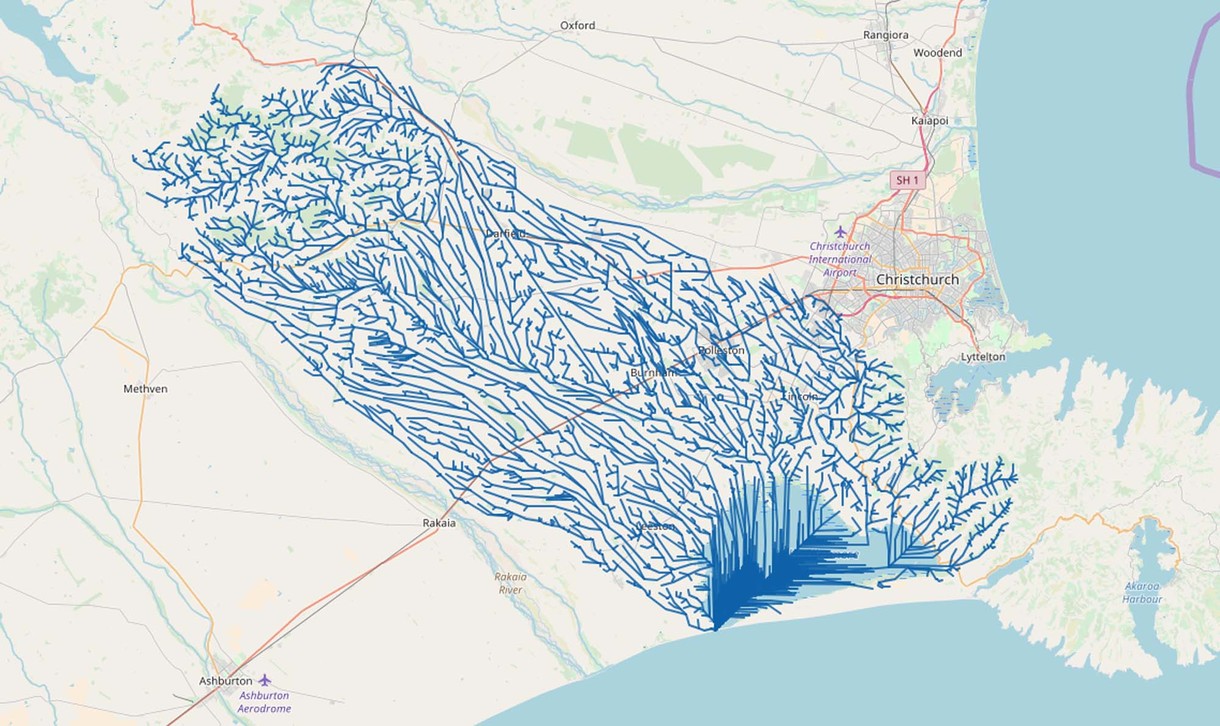
Of Braided Rivers and Hydro-Traders
“With 14,000km of coastline, over 180,000km of rivers, and 3,820 lakes, there’s more to the land of the long white cloud than land…” So began an advertisement in a recent Sunday Star Times. It might have been the opening gambit for a campaign devoted to water conservation but was, in fact, a promotion for the latest model jet ski: “And all you need to unlock it is the all-new Yamaha Waverunner FX HO… SAME PLANET, DIFFERENT WORLD. Yamaha-motor.co.nz.”

